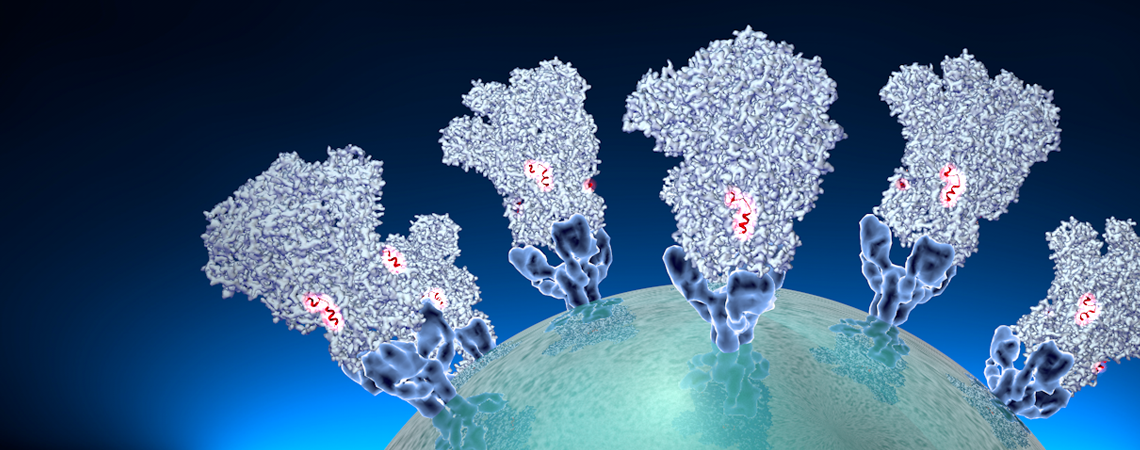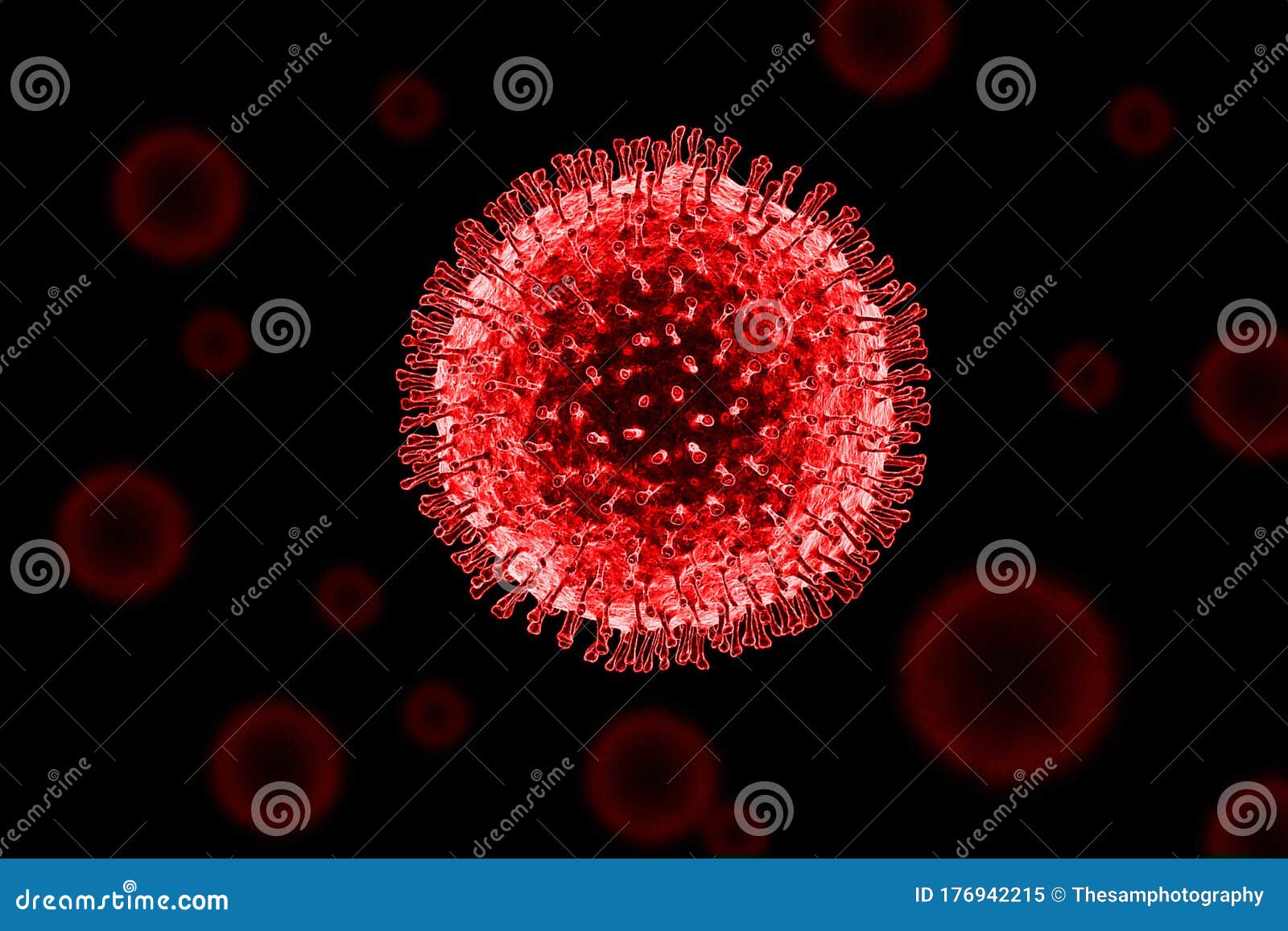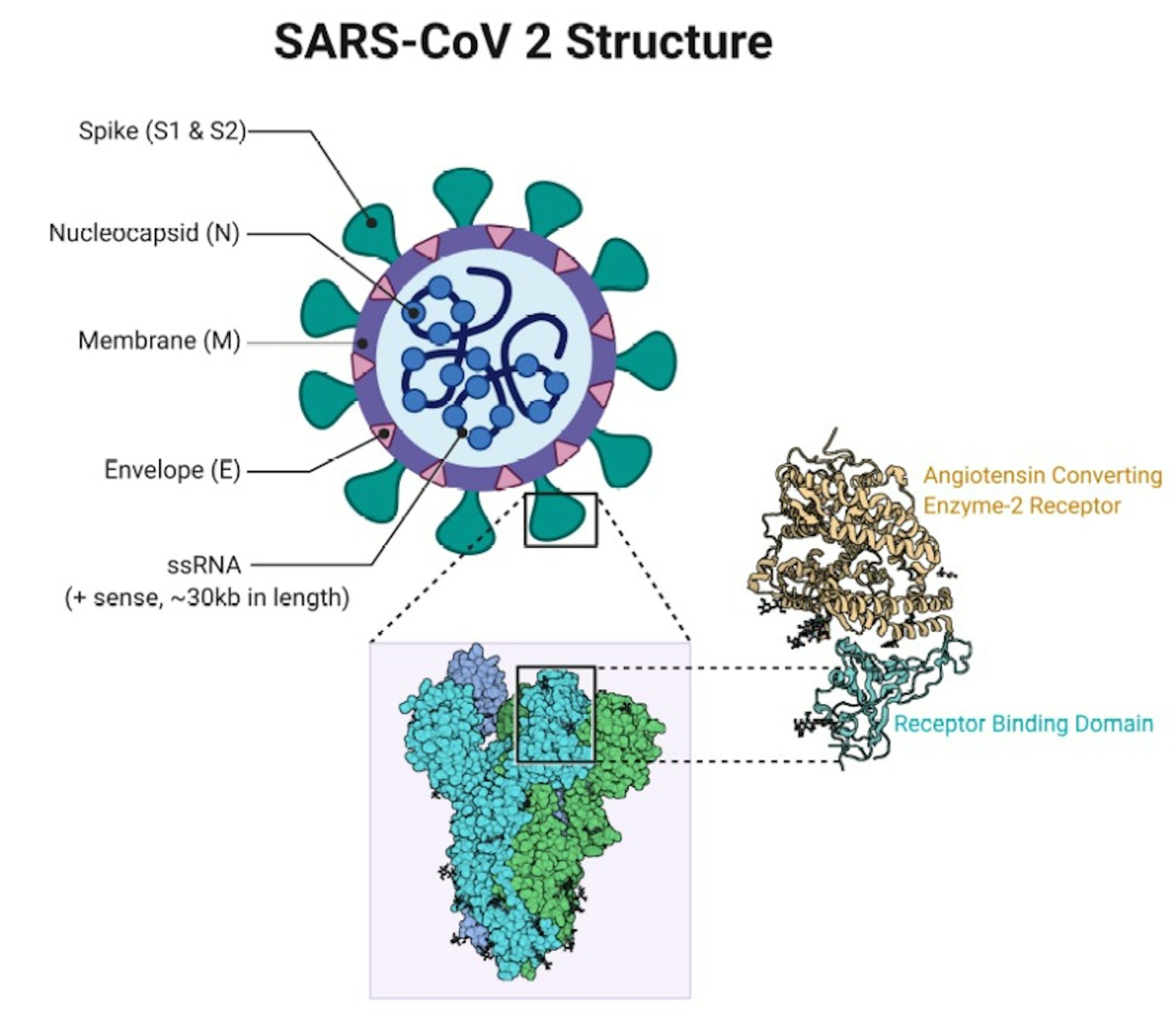

Surveillance testing is primarily used to gain information at a population level, rather than an individual level, and involves testing of de-identified specimens. Public health surveillance testing is conducted to specifically monitor population-level burden of disease, or to characterize the incidence and prevalence of SARS-CoV-2 infection. Screening testing is intended to identify people with COVID-19 who are asymptomatic or do not have any known, suspected, or reported exposure to someone with COVID-19.

It is performed when a person has signs or symptoms consistent with COVID-19 or is asymptomatic but has recent known or suspected exposure to someone with COVID-19. See FDA’s list of In Vitro Diagnostics Emergency Use Authorizations for more information about the performance and interpretation of specific authorized tests.ĭiagnostic testing is intended to identify current infection. This should be considered when choosing whether to test for antibodies originating from past infection versus those from vaccination. Detection of anti-nucleocapsid antibody indicates SARS-CoV-2 infection, while anti-spike protein antibody may be induced by COVID-19 vaccination or by SARS-CoV-2 infection. Antibody tests detect specific antibodies that target different parts (nucleocapsid or spike protein) of the virus. Antibody testing is primarily used for public health surveillance and epidemiologic purposes. Antibody testing does not diagnose current infection. Īntibody (or serology) tests are used to test for the presence of antibodies from previous infection or vaccination and can aid in fulfilling the case definition for multisystem inflammatory syndrome in children (MIS-C) and adults (MIS-A) 2. Negative antigen test results should be repeated following FDA guidance. These results represent a snapshot of the time around specimen collection and could change if the same test was performed again in one or more days. Negative viral test results mean the test did not detect the virus, but this doesn’t rule out that you could have an infection.

Positive viral test results indicate current, or sometimes recent, infection and the person with COVID-19 should follow CDC recommendations for isolation. Please refer to each test’s Instructions for Use (IFU ) for specific interpretation. These tests’ results may be presumptive and require confirmation by NAAT.

A positive test indicates current infection. Antigen tests are immunoassays that detect the presence of specific viral proteins, called antigens.Most NAATs produce qualitative (positive/negative) results. Most NAATs need to be performed in a laboratory, although some are performed at the point-of-care. Therefore, NAATs should not be used to test someone who has tested positive in the last 90 days. Viral RNA may stay in a person’s body for up to 90 days after they test positive. PCR tests are the most common type of NAAT used for COVID-19 testing. Nucleic Acid Amplification Tests (NAATs) are highly sensitive and highly specific tests that detect one or more viral ribonucleic acid (RNA) genes.Viral tests can also be used as screening tests. Viral tests, including Nucleic Acid Amplification Tests (NAATs, such as PCR tests), antigen tests and other tests (such as breath tests) are used as diagnostic tests to detect current infection with SARS-CoV-2, determine the need for prevention measures like isolation, and to inform an individual’s medical care. Testing for SARS-CoV-2 Infection Test Types


 0 kommentar(er)
0 kommentar(er)
